The past 12 months or so has brought a type of collective stress and anxiety that we hadn’t experienced in the western world for over a generation. With vaccine rollouts continuing apace across the world, it seems (fingers and toes crossed, touching wood and counting chickens, etc.) that we have finally reached a point in our battle against Covid-19 where we can breathe a sigh of relief and begin to resume something resembling a ‘normal’ life again. Phew!
However, as often happens with stressful life events (such as bereavements, house moves, accidents or injuries etc.) it is only when the immediate threat, panic or stress is over and we begin to relax, that the impact of what has happened hits us. And so now, as we look around and breathe a sigh of relief again, we realise that we may be facing another even greater challenge – dealing with the impact on our children’s mental health.
Recent analysis of NHS data completed by the Royal College of Psychiatrists showed that there has been an 18% increase in the number of children and young people needing emergency assessment for mental health difficulties in 2020 compared with the previous year (in comparison to an 8% increase for the adult population).
There are numerous reasons why children may have been more affected by the pandemic than adults. Children and adults alike have experienced the disruption in routine that Covid-19 has brought. However, children (particularly young children) require input/feedback from significant adults to regulate their own emotional reactions to stress. If a child falls on the playground, for example, they scan their teacher’s face to see if it is ‘bad’ before deciding whether to cry or not. If a child is worried about a test in school, a calm and encouraging word from a parent or teacher can help settle their anxiety. The sense of stability, security and predictability that adults (usually their parents, but also extended family and teachers) give children is a major contributing factor to children’s long term mental health. Usually, during times of stress adults can ‘see the bigger picture’ from their own life experience and can therefore remain calm and reassure children that it will pass and that they are safe. However, with coronavirus, we haven’t been able to do this.
The fact is we don’t know what is going to happen. The rules keep changing and we can’t promise everything will be ok. So, for children, the impact of Covid-19 has been twofold – their own stress and the impact of stress on the adults around them. Children can see, hear and feel that their parents, teachers, grandparents, aunts, uncles, etc., are worried and this adds an extra layer to their already growing list of Covid-19 related anxieties.
Furthermore, children’s coping strategies for dealing with this anxiety have also been affected. In addition to seeking adult reassurance, children also alleviate stress and anxiety through exercise, play and activity all of which have been cancelled, limited or at least disrupted during the pandemic. So, in summary, children are under increased stress due to the added impact of seeing adults also stressed and have fewer coping strategies available to them (due to Covid-19 restrictions) resulting in the greater number of mental health issues.
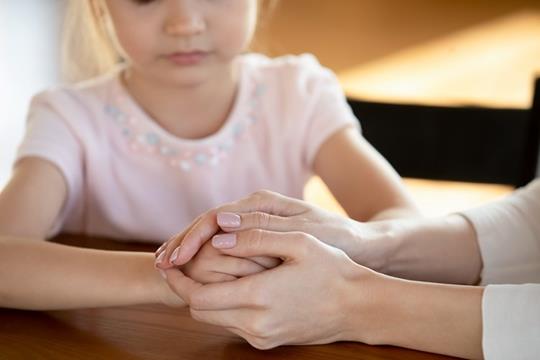
In this 3-part series focusing on anxiety, we will look at: what is anxiety and the effects of prolonged periods of stress on the body and brain; classroom/school strategies for managing anxiety; and how unstructured play and activities (crafts and hobbies) help children deal with stress.
So what is anxiety?
Anxiety is our body’s reaction to a perceived or real threat. It is our in-built security system which serves to anticipate and get us out of potentially dangerous situations. When faced with acute stress or a shock or fright, our body reacts by increasing our heart and breathing rate, pumping blood to our muscles and heightening our senses – reactions that are designed to allow us to either fight or flee from a predator.
However, in modern day living where encountering predators or life-threatening events is less likely, these ‘fight or flight’ reactions can also be triggered by perceived threats such as psychosocial stressors (interactions with others), cognitive stressors (demands of a task such as a test) or world events (such as pandemics!).
Prolonged periods of stress, particularly on young children whose sensory systems are still developing can make it more difficult for the body to relax and effectively the child’s nervous system gets ‘stuck’ in this fight or flight state. Everyday situations therefore cause the child stress even when the immediate threat has passed.
What are the symptoms of anxiety?
Anxiety tends to affect people in different ways. For some it affects their body, for others it affects their thoughts and feelings. For children, this can feel scary as they don’t always understand why they are feeling like this, what it means and how to ask for help.
Common symptoms include:
- A fast or racing heart
- Sweating, chills or shaking
- Lack of or disrupted sleep
- Loss of concentration or becoming easily distracted
- Fidgeting
- Loss of appetite or digestive problems
- Shallow or quick breathing
Whilst the above list can seem daunting, anxiety is something that can be managed and many of a child’s worries are a natural part of growing up. However, if anxiety is significantly impacting on the child’s school or home life, it’s always best to suggest that the parents consult their local healthcare provider for advice.
What can we do to help children with anxiety?
As discussed, anxiety usually evokes both a cognitive (anxious thoughts) and bodily (fight or flight symptoms) reaction, so intervention for anxiety therefore also usually involves a two-pronged approach tackling both of these aspects. Whilst some children may require more specialist interventions (such as cognitive behavioural therapy), there are many ways teachers can decrease children’s anxiety through classroom/school based strategies too.
Routine
For all of us, but particularly for young children, a consistent routine makes us feel safe and secure.
We have all felt the effects of constant changes in routine and rules during the pandemic on our own anxiety levels. In general, children (and most adults) when faced with a stressful event first think about how it is going to impact them before thinking beyond themselves to others (again part of our instinct of self-preservation when faced with a threat). Often during stressful times, children will ask questions such as “Will I still be able to have a party?”, “Is football cancelled?” or “Will Father Christmas be able to come?”
These types of questions which may appear insignificant to adults are the child’s way to ask about landmarks in their weekly and yearly routine which give them a sense of time, stability and security. Children enjoy these events in the moment, but also like the familiarity and predictability of them coming around each week month or year.
It makes them feel safe.
So as teachers, to help ease children’s anxiety, keeping a consistent routine which is as close as possible to the pre-Covid routine is essential. Thinking about events and parts of the school routine that are important to children (such as break times, after school activities, sports days, school trips, Christmas plays, graduation ceremonies, fundraising events, etc.) and explaining to the children what will be the same and what will be different in these activities (and where possible involving them in decisions on how to adapt activities) can be key to settling young children’s anxiety in relation to school.
Many times, we think that children will be upset if we tell them something has been cancelled due to Covid-19. But usually they prefer to know, even if it’s disappointing, than not know what is happening as this makes them feel anxious. Give as much information as possible, use familiar names on events and start saying “This year, we’re going to do it this way instead” rather than “We can’t do this.”
Positive Language
Following on from this, and related to the impression we give children about how Covid-19 is impacting adults, keeping a positive attitude or using growth mindset language consistently in the class can also help the children to shift their attention away from the worries that might be circling in their minds. Although Covid-19 has obviously had many down sides, there have been some positives too (such as more family time, impact on the environment, etc. ) and there may be some positives for the school day too. Reminding children about these positives (“Isn’t it great now, we’ve all got our own pencils, great we get some extra time to play in the mornings, etc.”) can serve as both a distraction and a positive influence on their own worries and reassurance that the adults around them are ok too.
Exercise
There is lots of research on the benefits of exercise on both adults and children’s mental health.
However, coronavirus has limited children’s opportunities for exercise, through sports, play, walking to or from school and physical/PE activities they do in school. After this prolonged period of a more sedentary lifestyle, an increase in exercise may be needed to restore the balance. In the second part of this series, we will look at increasing exercise through play but simply introducing more classroom movement breaks (see Fidget busters for some ideas) every morning or a family steps/walking challenge over a month can also be really effective. Yoga has also been shown to decrease anxiety and can easily be incorporated into the classroom routine.
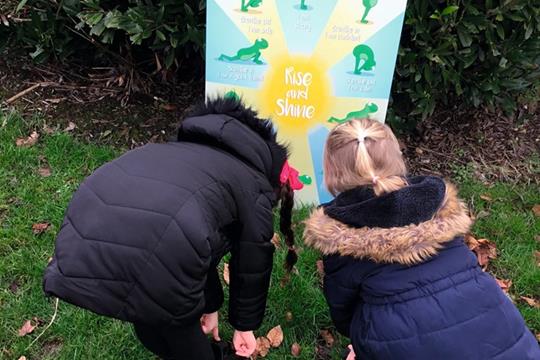
Breathing
As discussed, our anxiety reaction begins by our body increasing our breathing and heart rate in order to pump more blood to our muscles so we are ready to run if needed.
If we can teach children to slow their breathing down, this serves to keep the other physical symptoms of the anxiety reaction (heart beating, shaking, sweating) under control. Introducing 5 minutes of breathing practise with the whole class daily helps children practise breathing techniques that they can use at times of heightened anxiety and keeps them calmer overall.
My favourite breathing technique is asking children to trace around one hand with the index finger of the other hand as they breathe in through their nose tracing up the finger and out through their mouth going down the finger.
And lastly, don’t forget that the calmer and more relaxed you are as the class teacher, the calmer and more relaxed the children in your class will be too. It has been an incredibly difficult year for teachers so… now could be the right time to start that yoga/meditation/art/zuma/baking etc class you’ve been meaning to do for yourself too!
About the author
Inés Lawlor is an Occupational Therapist with over 20 years experience. She has worked with children with neurodevelopmental conditions, intellectual disability and more recently mental health difficulties in clinics, home and school settings. In 2018 she completed a Masters in Children and Youth studies (through the School of Education in UCD) researching the value of unstructured play on child development. She is passionate about all things sensory and the body and brain connection.
Inés also runs regular teacher training/CPD sessions (in collaboration with a special education teacher) on sensory processing in the classroom and Designing and running a class for children with Autism.

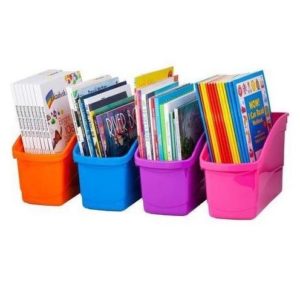
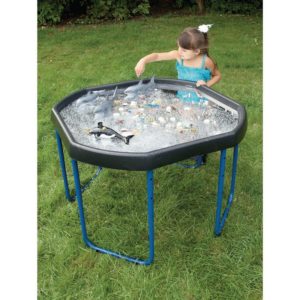
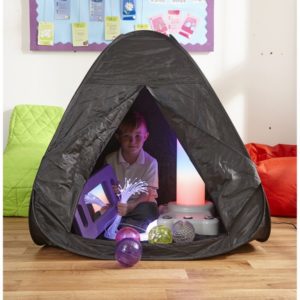
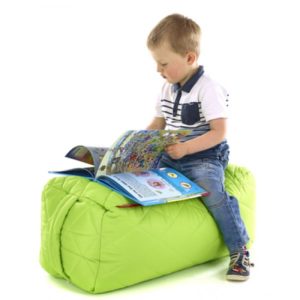
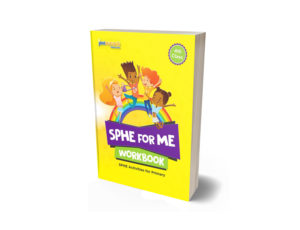
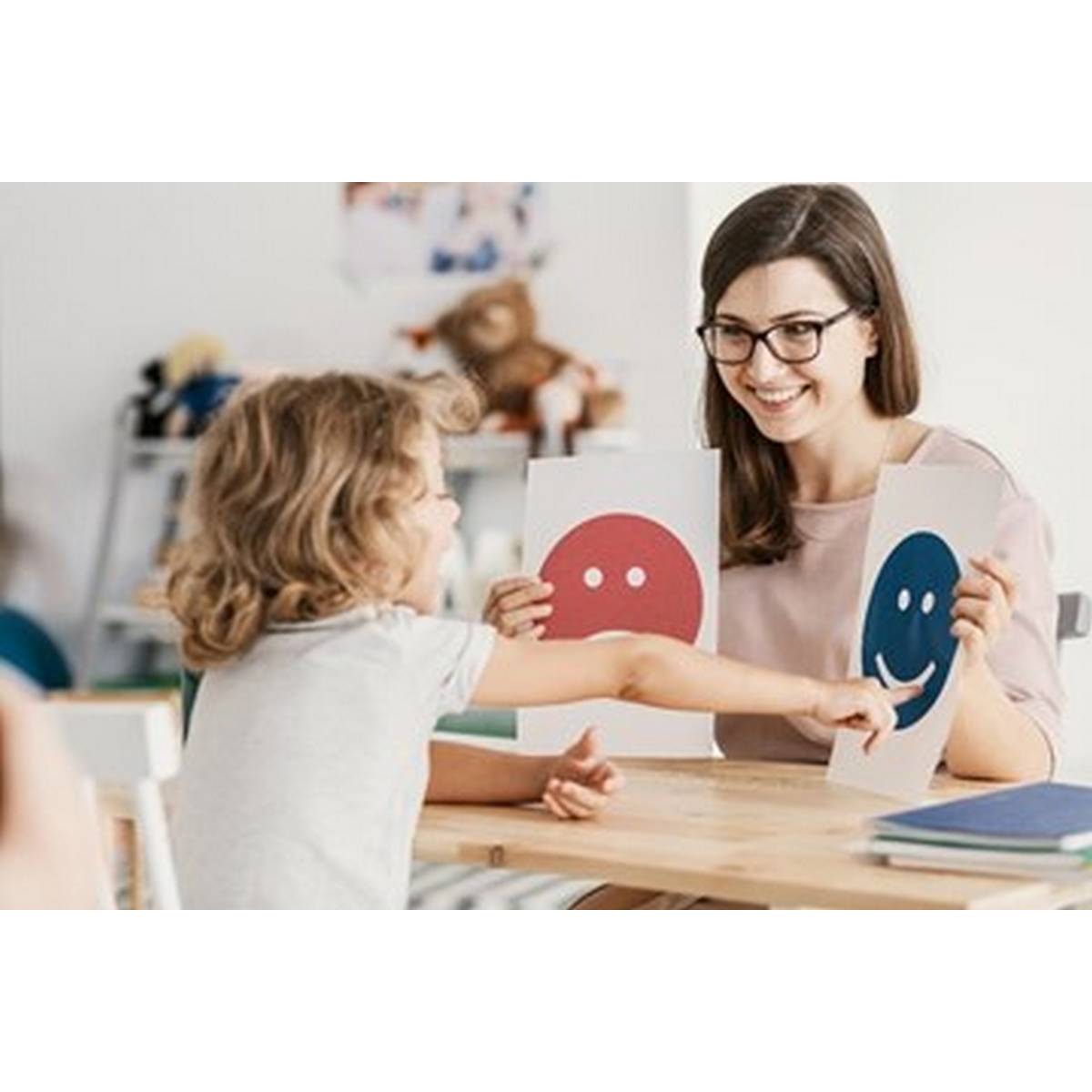
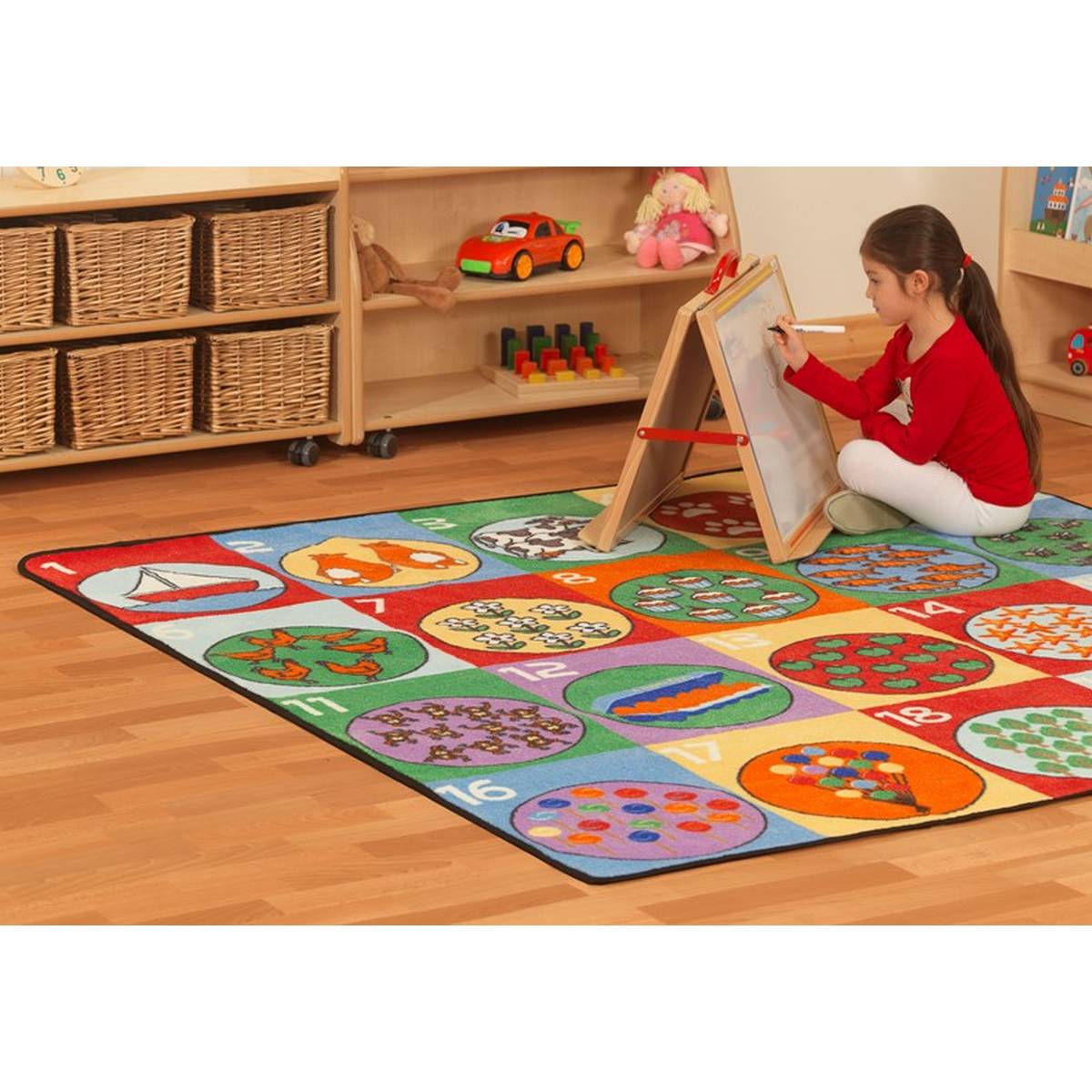 Carpets & Mats
Carpets & Mats